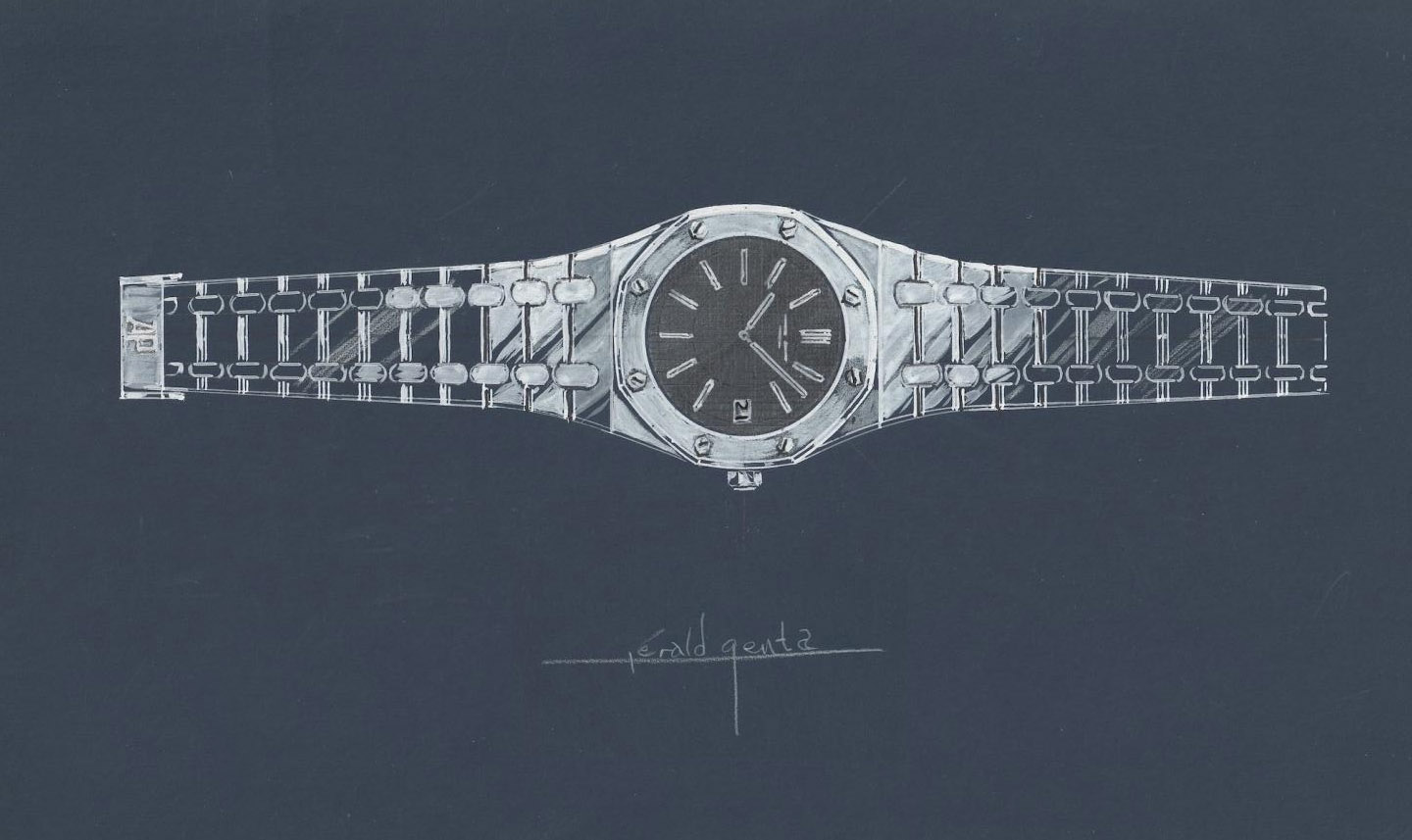A Short Story of Audemars Piguet Royal Oak
“Audemars Piguet bet everything on making a steel watch the most expensive watch on the luxury market. At the time, most beautiful watches were made of gold, but steel was reserved for the middle class, not to say the “small class”. But Audemars Piguet’s goal was to launch a new concept, a sports watch that could be used on all occasions by a wealthy clientele…”
Audemars Piguet is now the iconic Royal Oak? However, an entire article should (and will) be dedicated in a future section to let you discover the watchmaking marvels of the Manufacture before the history of the Royal Oak. It was in 1972 that Audemars Piguet launched its legendary watch at the Swiss Watchmaking Show in Basel. The gamble was almost insane. And that year, reactions were very mixed.
In the 1960s, the arrival of quartz watches heralded unprecedented Japanese domination. Since the main goal of watchmaking was precision, it is notorious that these watches were considered to be of superior quality at the time. The more precise a Swiss watch was, with many functions, the more expensive it was. Unfortunately, quartz was “flawless” and gave a perfectly accurate time, not counting the number of functions that could be added. The “quartz crisis” led to the downfall of many Swiss watch companies.

Audemars Piguet bet everything on making a steel watch the most expensive watch on the luxury market. At the time, most beautiful watches were made of gold, but steel was reserved for the middle class, not to say the “small class”. But Audemars Piguet’s goal was to launch a new concept, a sports watch that could be used on all occasions by a wealthy clientele.
The Manufacture turned to designer Gerald Genta. The creator of the Omega Constellation and the Patek Philippe Ellipse, he was called in by Audemars Piguet management, who asked him to design a sports watch for the Italian market. The deadline was short since the watch had to be designed for the following day. Thus was born the legendary Royal Oak.

Genta was inspired by a diving helmet for the design of the watch. Its watch features an octagonal bezel secured with eight gold screws. The watch had a large diameter for the time. The bracelet alone is a true work of art, and the concept is still used today.
Gerald Genta wanted the name of the watch to be related to the nautical world. Thus, the name “Royal Oak” comes from the eight ships of the British Royal Navy. These ships take their name from the hollowed out oak tree in which King Charles II of England hid to escape death during the English Civil War.

The Royal Oak was finally launched at the 1972 Swiss Watch Show. Offered at the time at a price of 3,300 Swiss francs (equivalent today to three monthly net salaries for an average executive), more expensive than a gold Patek Philippe and almost ten times more than the Rolex Submariner. The first advertising campaign will display “It takes more than money to wear the Royal Oak”. Despite all the reasons to criticize this watch, and the competition didn’t hold back, the watch quickly achieved the hoped-for success. Audemars Piguet proved in 1972 that luxury watchmaking did not depend solely on gold or platinum, but increasingly on the quality of its design and the quality of its movements.
It was first produced in 1,000 pieces under the reference 5402 (100 watches engraved A Serie). This first production is today the most sought-after by collectors and recognizable by the logo inserted at the bottom of the dial.
Thus begins the story of the Royal Oak, one of the most atipic and famous watches in watchmaking history.
